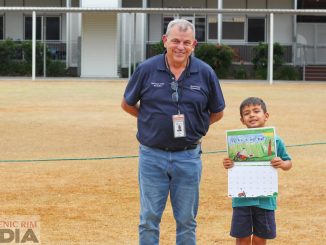
The amount of Australian grazing land being managed for biodiversity has surpassed the entire farmed area of the European Union.
The means record rates of emissions reduction, according to the 2024 Annual Update of the Australian Beef Sustainability Framework (ABSF).
The annual snapshot of the sustainability performance of the Australian beef industry was reported in the ABSF: Best Animal Care; Environmental Stewardship; Economic Resilience; and People and the Community.
The latest edition reports almost 160 million hectares, 55.07% of Australia’s cattle producing land, was managed for biodiversity outcomes in 2023.
This management was in line with recommendations from government agencies, regional natural resource management (NRM) organisations and other land management groups.
The figure is up from the 43.7% reported in last year’s update, with measures including weed and pest management, revegetation, soil remedy works and fencing riparian areas.
Carbon neutral by 2030
ABSF Sustainability Steering Group Chair, Mark Davie, said the reduction was both immensely positive and extremely complicate as the industry strives towards the target of being carbon neutral by 2030.
“The beef industry has been working hard for many years to avoid and reduce greenhouse gas emissions, so this is a testament to everyone in the beef value chain who has been implementing practical solutions while continuing to produce the highest quality product for consumers,” Mr Davie said.
“If we are to achieve bold carbon reduction targets, we need more accurate, cheaper and timely carbon reporting.”
While the industry is making progress, there were challenges in the form of weather, disease risk and security issues for trading partners.





